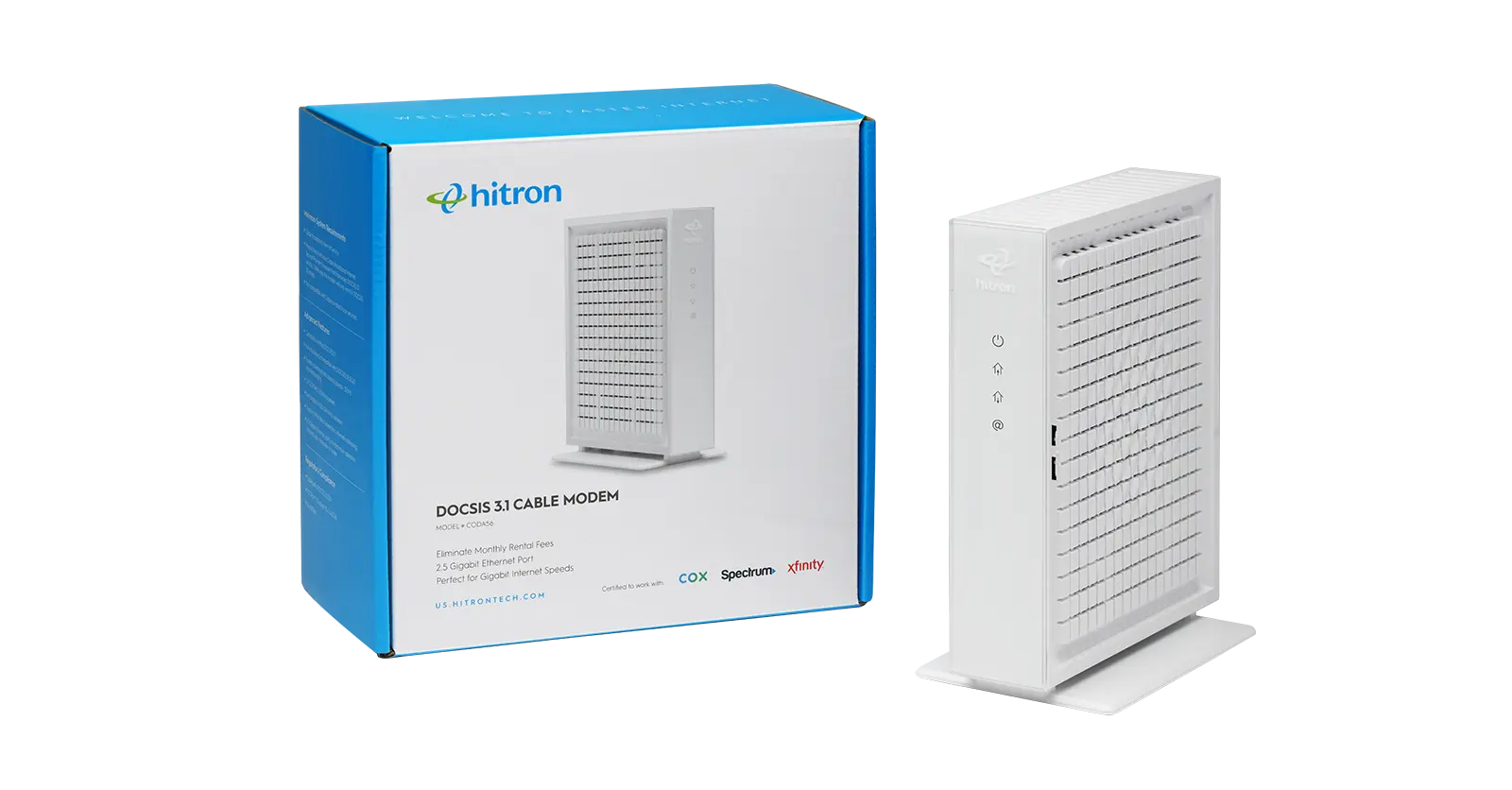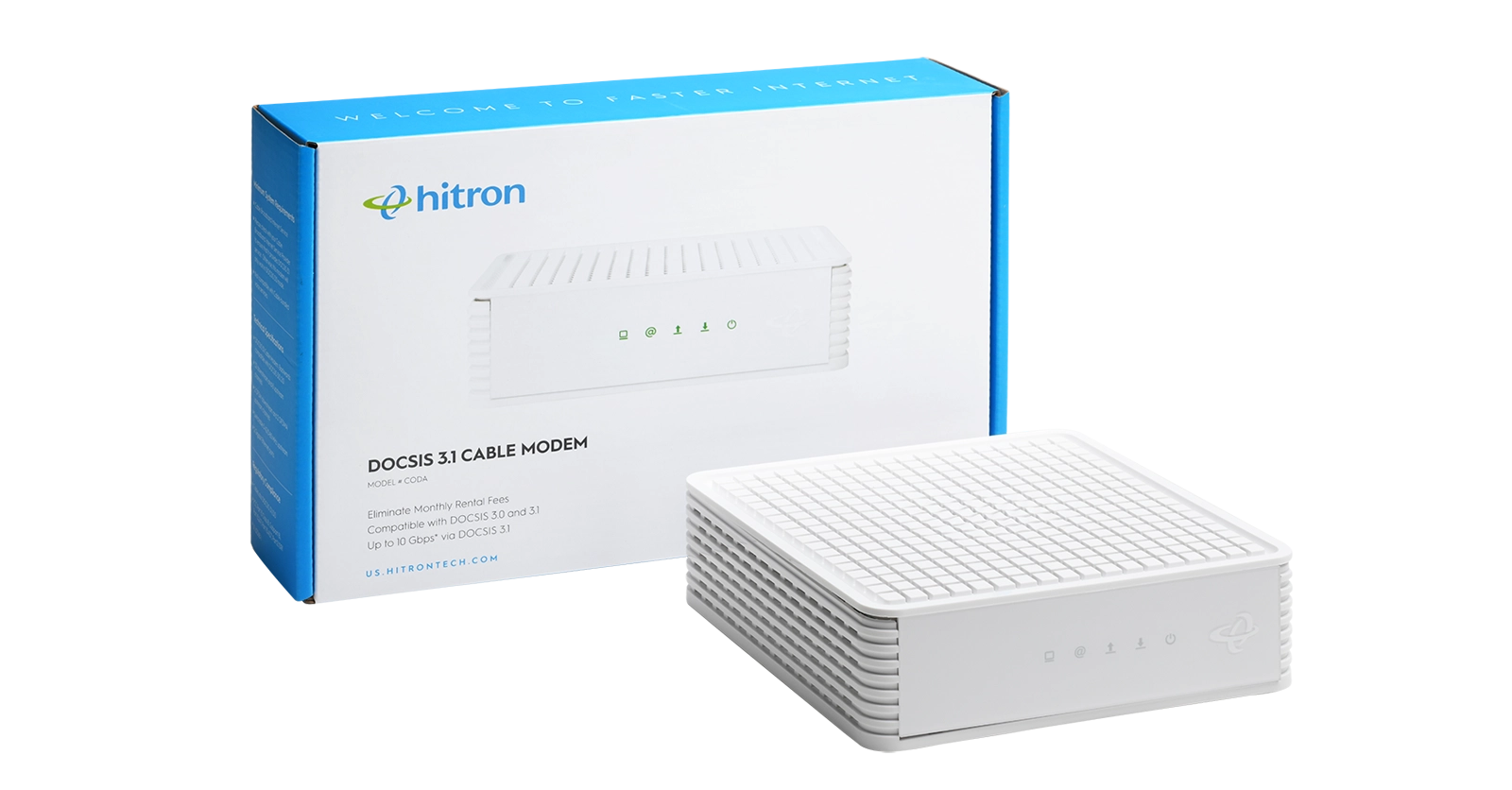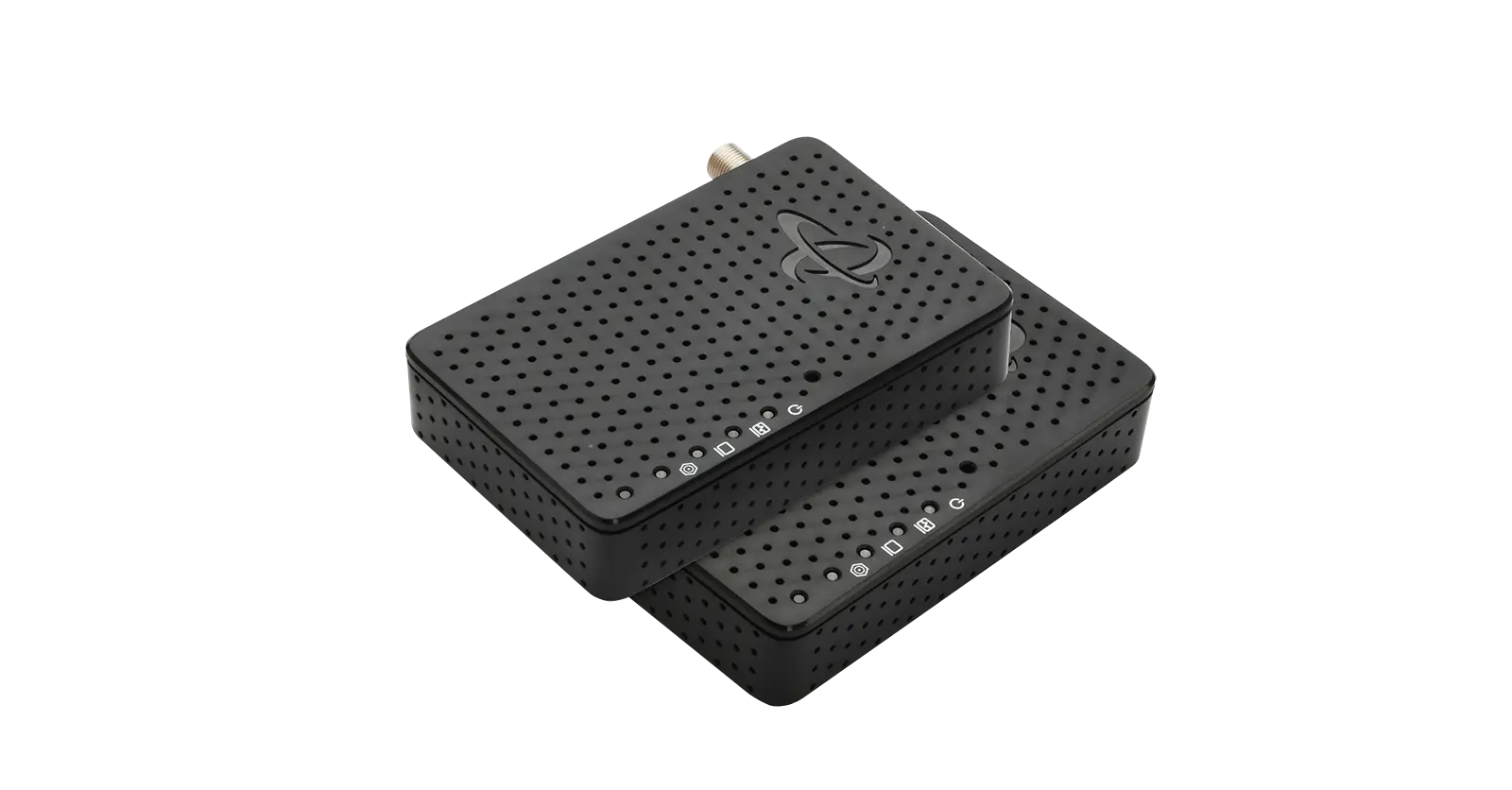Optical fiber networks operate on different passive optical network (PON) standards. A PON is a network system specific to fiber technology that delivers broadband network access to your home or business. One of many PON standards is GPON.
GPON stands for Gigabit Ethernet passive optical network (PON). GPON uses Asynchronous Transfer Mode (ATM) for voice, Ethernet for data, and proprietary encapsulation for voice. This means that it uses fixed-sized cells instead of variably sized packets of data. It offers faster Gbps than EPON (Ethernet passive optical network) on downstream and upstream bandwidths.
A GPON system consists of an optical line terminal (OLT) that connects several optical network terminals (ONTs/ONUs) together using a passive optical distribution network (ODN).
GPON supports:
- Triple-play services (VoIP, Data and IPTV), providing competitive all-services solutions.
- Higher data rates and bandwidth transmission
- Long-reach coverage
- Increased security and data encryption (supports block length of 128 bits and key lengths of 128, 192, and 256 bits.)
- All types of Ethernet protocols
GPON offers:
- Superior quality of service (QoS)
- Dynamic bandwidth allocation capabilities
- Flexibility
It is a popular option among major telecom operators around the world. And since GPON gives you the ability to consolidate multiple services onto a single fiber transport network, it is why people opt for GPON over other technologies.
GPON fundamentals and how it works:
GPON is a point-to-mulipoint access network. The main characteristic of GPON is that it uses passive splitters in the fiber optic distribution network (ODN). This allows one single feeding fiber from the Internet service provider (ISP) to serve multiple homes or businesses. Fiber optic means that fiber technology uses cables to transmit light.
For this example, we will make the optical line terminal (OLT) at your Internet service provider (ISP) headquarters the GPON system start point.
- The Internet, voice/telephone, and TV data services that your ISP provides are sent from this point.
- This data travels along the single fiber optical distribution network (ODN) until it reaches the passive optical splitter.
- Once the data reaches the splitter, the splitter breaks the light signal into multiple signals to distribute out to individual ONT/ONU equipment on your home premise or at your business to provide you with access to these services. The ONT/ONUs are the end point(s).
The steps look like this:
OLT sends one-point signal > ODN > splitter breaks into multiple signals > multiple ONT/ONUs receive signals.
This is a simplified version, but it gives you a high-level idea of what is happening on a GPON system.
GPON provides for a large range of benefits that enable rapid, flexible, mass‐market fiber deployments at the lowest possible cost of ownership and rollout. Ask your ISP about Hitron’s offerings today.


